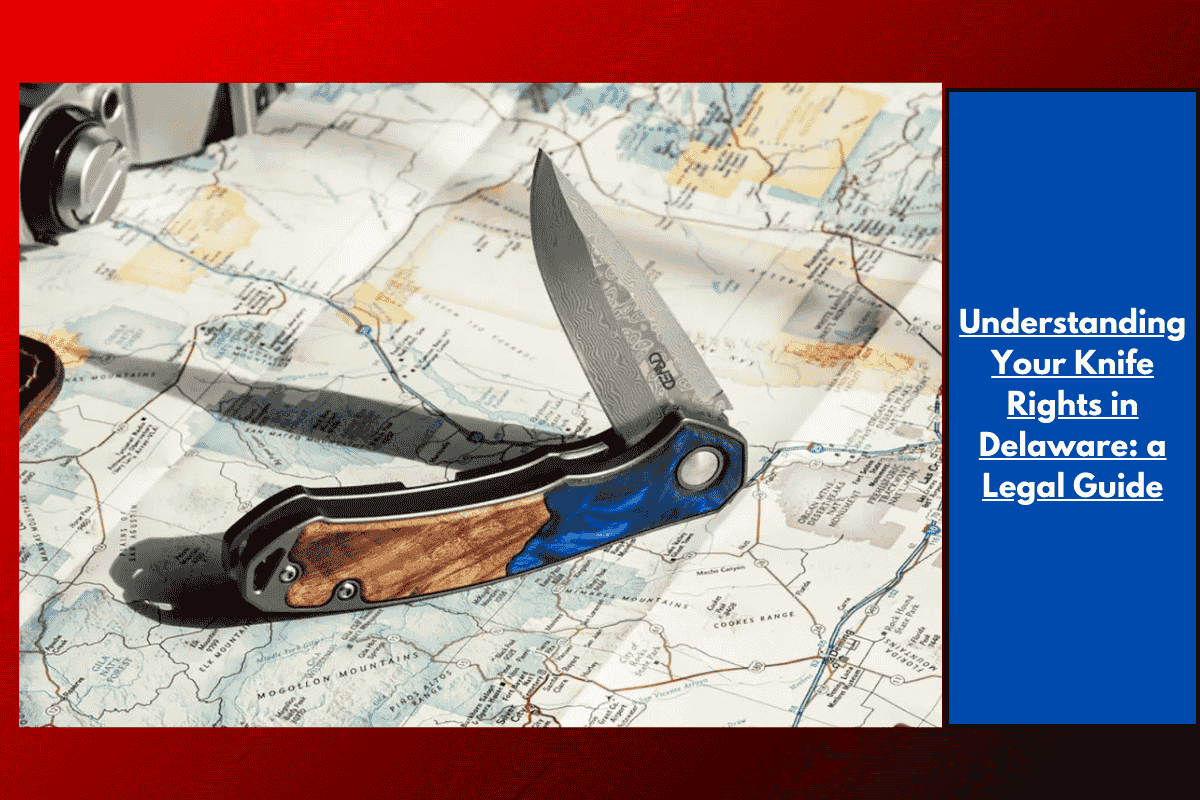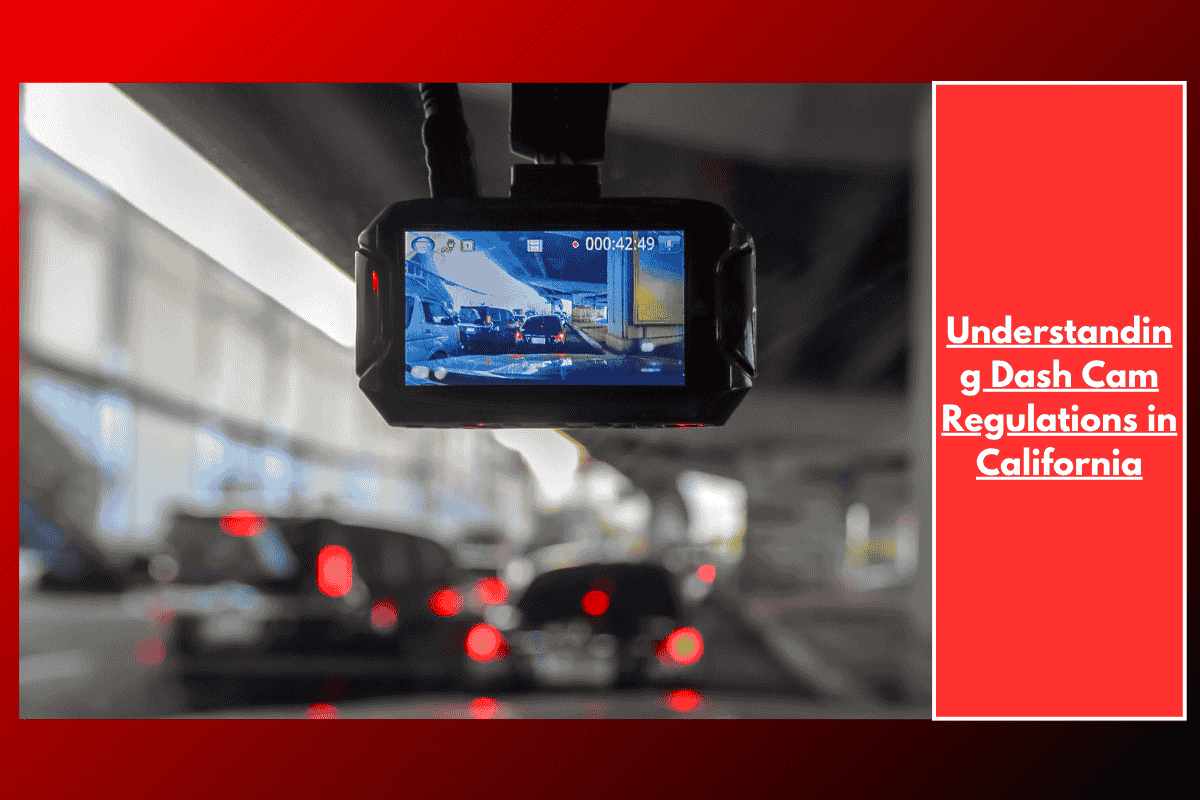Dash cams have become a popular tool for drivers, offering both safety and security. They can provide crucial evidence in the event of an accident or traffic dispute. However, while dash cams are legal to use in most states, it’s important to be aware of any specific regulations in your area. If you’re in Hawaii, understanding the local rules surrounding dash cams can help ensure you’re using them legally and responsibly.
Are Dash Cams Legal in Hawaii?
Yes, dash cams are legal in Hawaii. There is no statewide law that prohibits the use of dash cameras in vehicles. In fact, they are widely used by drivers for a variety of reasons, including capturing accidents, traffic violations, or even just scenic drives. However, while the use of dash cams is allowed, there are still some rules to keep in mind to avoid legal complications.
Privacy Considerations in Hawaii
Although Hawaii does not have a specific law banning dash cams, privacy is a key concern. Hawaii is known for its strong privacy protections, and it’s important to ensure that your dash cam does not violate others’ privacy rights.
Recording While Driving
Hawaii has laws regarding privacy in public spaces, but generally, recording video in public areas (such as streets and highways) is allowed. Since public roads are typically considered public spaces, filming other vehicles or events happening on the road is generally permissible. However, you should avoid intentionally recording people in situations where they have an expectation of privacy, such as inside their homes or in private locations, unless they are in public view.
Audio Recording
One important thing to consider is whether your dash cam records audio. Hawaii is a “one-party consent” state when it comes to audio recordings, meaning that at least one person involved in a conversation must consent to the recording. If your dash cam records conversations without the consent of the people involved, it could potentially violate wiretap laws. To avoid this issue, many drivers choose to disable the audio recording feature of their dash cams.
Dash Cam Placement and Visibility
While dash cams are legal, the placement of your camera is subject to some restrictions to ensure that they don’t interfere with your driving or obstruct your view. In Hawaii, as in most states, the camera must be mounted in a way that does not obstruct the driver’s view of the road.
Windshield Obstruction Laws
Hawaii has specific laws that prohibit objects from obstructing the driver’s view of the road. The law restricts the placement of items on the windshield, such as large dash cams or any accessories that may block the driver’s vision. Your dash cam should be placed in a manner that does not obstruct your view, such as behind the rearview mirror, where it’s less likely to interfere with your ability to drive safely.
Safety and Distraction
Another factor to consider is the potential for distraction. If a dash cam is improperly installed or is too large, it could distract the driver or obstruct important parts of the windshield, like the view of side mirrors. It’s crucial to make sure your dash cam is securely mounted and doesn’t impair your ability to drive safely.
Use of Dash Cam Footage
Dash cam footage can be used for a variety of purposes, from documenting accidents to providing evidence in legal disputes. In Hawaii, as with other states, it’s important to be mindful of how you use and share this footage.
Evidence in Court
Dash cam footage can be used as evidence in legal proceedings, such as personal injury claims, traffic violation disputes, or even criminal investigations. However, the footage must be relevant to the case and admissible in court. In some cases, you may need to prove the authenticity of the footage to ensure it is valid as evidence.
Sharing Footage
If you capture footage of a public incident or accident, you might be tempted to share it on social media. However, be cautious about sharing personal information or identifying people involved in incidents, especially if they haven’t consented to having their image or conversation shared. You could be infringing on someone’s privacy rights if you share footage that violates their reasonable expectation of privacy, even if it was taken in public.
Summary of Dash Cam Regulations in Hawaii
Dash cams are legal in Hawaii, but they must not obstruct the driver’s view of the road.
Audio recording should be avoided or disabled to comply with Hawaii’s wiretap laws, as the state follows a one-party consent rule for audio recordings.
Privacy should always be respected, and footage should not violate people’s expectation of privacy.
Dash cams should not obstruct the driver’s view. They must be mounted in a way that does not interfere with safe driving, following Hawaii’s laws regarding windshield obstructions.
While dash cams are a legal and helpful tool in Hawaii, it’s important to follow the state’s regulations regarding placement, privacy, and the use of footage. By ensuring that your dash cam is mounted in a way that doesn’t obstruct your view, respecting privacy laws, and using footage responsibly, you can avoid legal issues while making the most of this technology.
SOURCES
[1] https://www.blackboxmycar.com/pages/are-dash-cams-legal-in-my-area-dash-cam-laws-in-every-us-state
[2] https://www.expertmarket.com/dash-cams/dash-cam-laws-by-state
[3] https://www.ddpai.com/blog/dash-cam-laws/
[4] https://mywaynecountynow.com/complete-guide-to-hawaii-dash-cam-laws-regulations-what-drivers-need-to-know-in-2025/
[5] https://facit.ai/insights/dash-cam-laws-by-state














